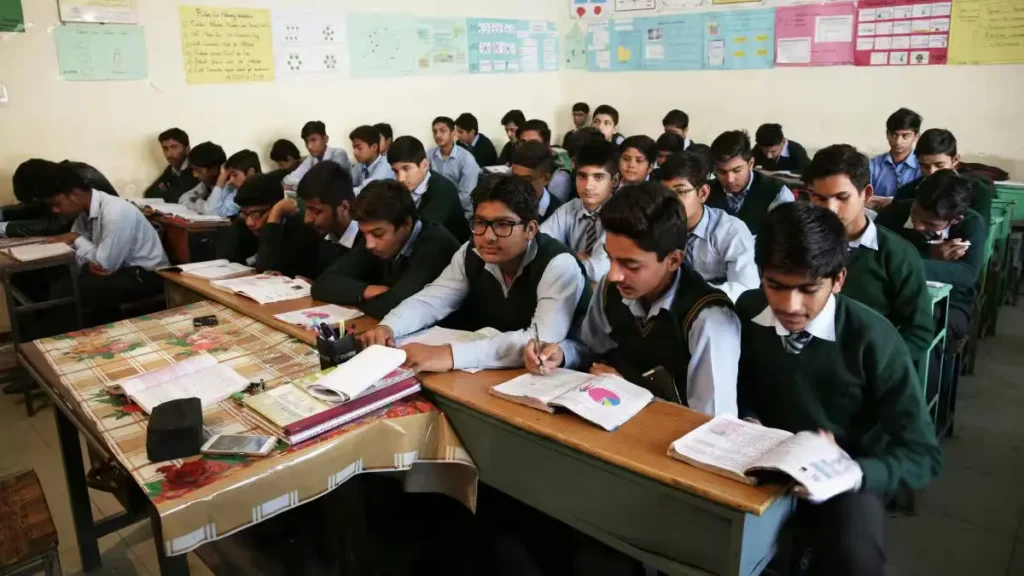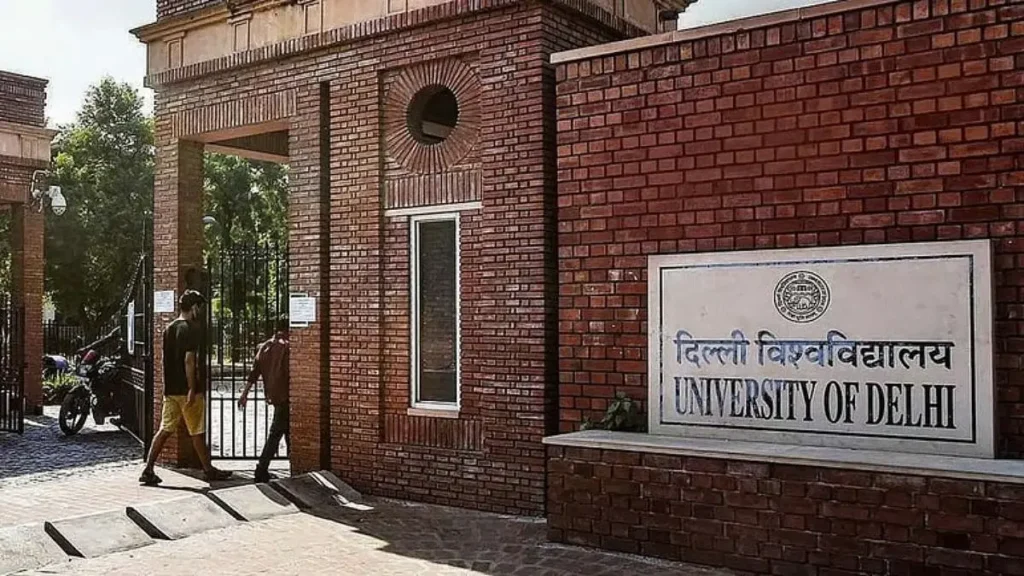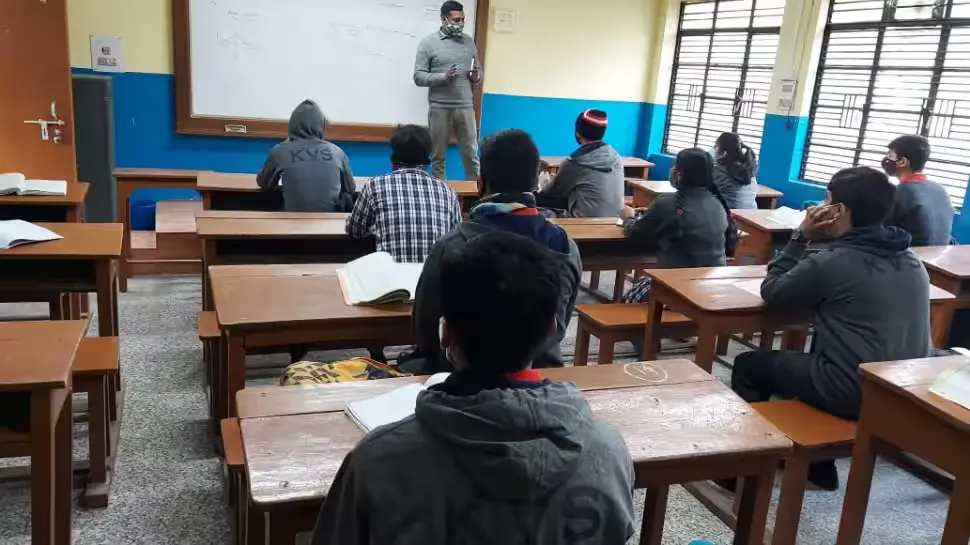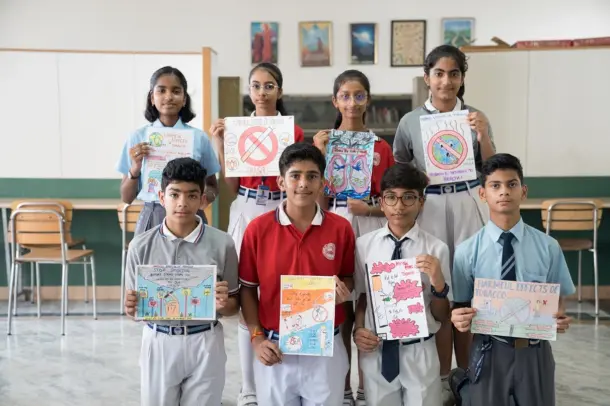CBSE Class 10 Supplementary Result 2025 Declared: 48.68% Students Clear Compartment Exam
The Central Board of Secondary Education (CBSE) has officially announced the Class 10 supplementary examination results on August 5, 2025. Students who appeared for the compartment exams can now access their results via the official portals — cbse.gov.in, cbseresults.nic.in, or on the DigiLocker platform. To check the results, students need to enter their roll number, school number, admit card ID, and security pin. The verification and revaluation process will commence from August 8. This year, out of the 1,43,648 students who registered for the CBSE Class 10 compartment exam, 1,38,898 appeared, and 67,620 managed to pass. The overall pass percentage stands at 48.68%. Girls outperformed boys, achieving a pass percentage of 51.04%, compared to 47.41% among boys — a lead of 3.63%. Steps to Check CBSE Class 10 Supplementary Result 2025: Visit the official CBSE website – cbse.gov.in. Click on the link for Class 10 supplementary results on the homepage. Enter your login details, including registration number and date of birth. Your result will appear on the screen. Download and save the result for future reference. Regular students will receive their mark sheet cum passing certificate at their respective schools. Private candidates will receive theirs at their designated exam centres in Delhi or at the addresses mentioned in their application forms. The supplementary exams were held from July 15 to 22 across 15,495 schools and 970 examination centres in India and 26 other countries. In the regular board exams conducted earlier this year from February 15 to March 18, 2025, a total of 23,85,079 students registered, with 23,71,939 appearing for the exams. Out of them, 22,21,636 passed, bringing the overall pass percentage to 93.66%. Results for the main exams were declared on May 13. For comparison, CBSE declared the supplementary results for Class 10 on August 5 in 2024, August 4 in 2023, and September 9 in 2022. Source: Indian Express
CBSE Class 10 Supplementary Result 2025 Declared: 48.68% Students Clear Compartment Exam Read More »










